Chhau Dance of Purulia: A Symphony of Masks, Movement, and Mythology
Chhau dance, originating from the Purulia district in West Bengal, stands as a mesmerizing testament to the rich cultural tapestry of India. This traditional dance form, known for its vibrant costumes, intricate movements, and dramatic storytelling, has deep roots in the region’s folklore and mythology.
The word “Chhau” is derived from the Sanskrit word “Chaya,” meaning mask, and indeed, masks play a significant role in the Chhau dance of Purulia. The performers don elaborate masks, each intricately crafted to represent various characters from Hindu epics like the Ramayana and Mahabharata. These masks not only add a theatrical element to the performance but also serve as a medium for the dancers to embody mythical personas.
Chhau dance in Purulia is often characterized by its energetic and acrobatic movements. Dancers skillfully execute leaps, spins, and intricate footwork, creating a visual spectacle that captivates the audience. The choreography incorporates elements of martial arts, adding a dynamic and powerful dimension to the performance.
The dance form is typically accompanied by traditional folk music, featuring instruments like the dhol (drum), dhamsa (small drum), and shehnai (flute). The rhythmic beats and melodic tunes enhance the storytelling aspect of Chhau, creating a harmonious blend of movement and music.
One of the unique aspects of Chhau dance in Purulia is its association with festivals, especially during the spring festival of Chaitra Parva. During this time, Chhau troupes perform in open fields, bringing the community together to witness the vibrant and culturally significant art form. The dance becomes a medium for storytelling, recounting tales of gods, goddesses, and legendary heroes, imparting moral lessons and cultural values.
The traditional costumes worn by Chhau dancers are a visual feast in themselves. Elaborate headgear, brightly colored garments, and distinctive jewelry contribute to the visual splendor of the performance. The meticulous craftsmanship of these costumes reflects the dedication to preserving the authenticity of this ancient dance form.
Chhau dance in Purulia has not remained confined to its regional roots. It has gained recognition on national and international stages, contributing to the global appreciation of Indian folk traditions. Despite its traditional origins, Chhau continues to evolve, with contemporary choreographers exploring innovative ways to interpret and present this ancient art form.
Beyond its artistic appeal, Chhau dance also plays a crucial role in preserving cultural heritage. Efforts are being made to pass down the intricate dance steps, storytelling techniques, and mask-making skills from one generation to the next. Workshops and training programs aim to ensure that Chhau dance remains a vibrant and living tradition, connecting people to their cultural roots.
In conclusion, Chhau dance of Purulia stands as a cultural gem, blending mythology, dance, and music into a captivating performance. Its vibrant costumes, dynamic movements, and deep-rooted connection to tradition make it a symbol of the rich cultural diversity that defines India. As Chhau continues to enchant audiences worldwide, it not only entertains but also serves as a bridge between the past and the present, carrying forward the legacy of Purulia’s cultural heritage.

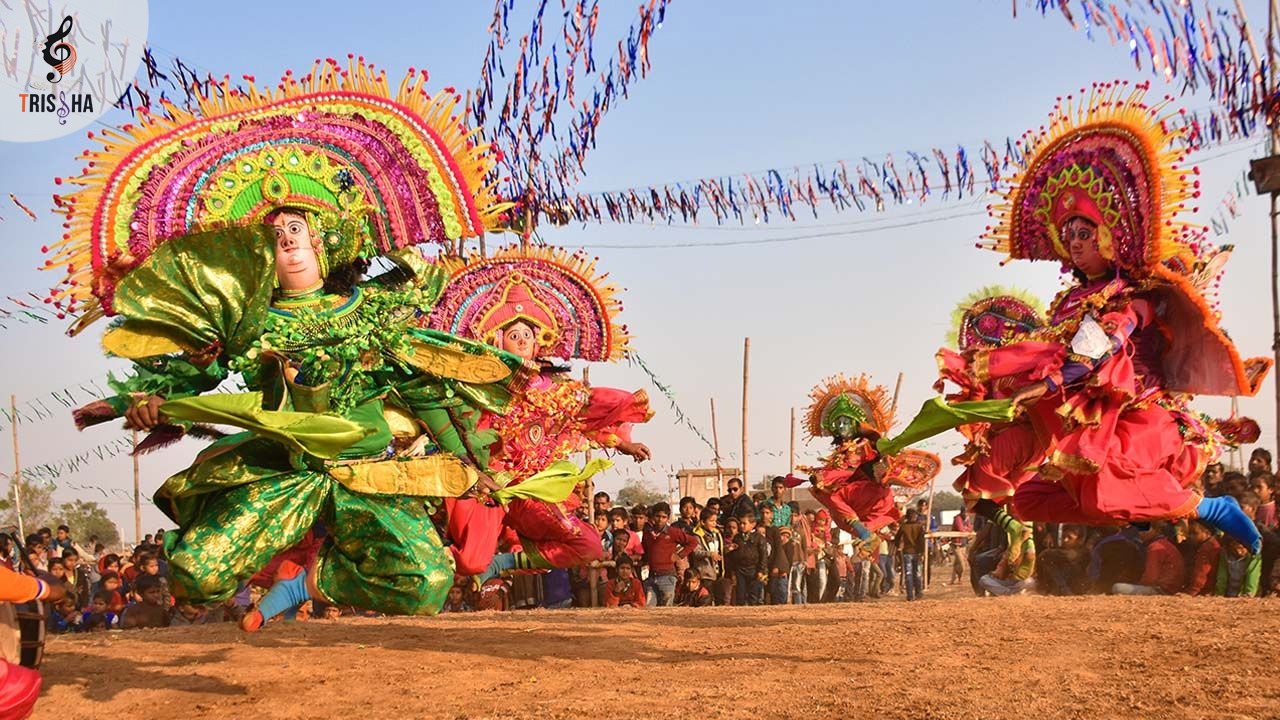

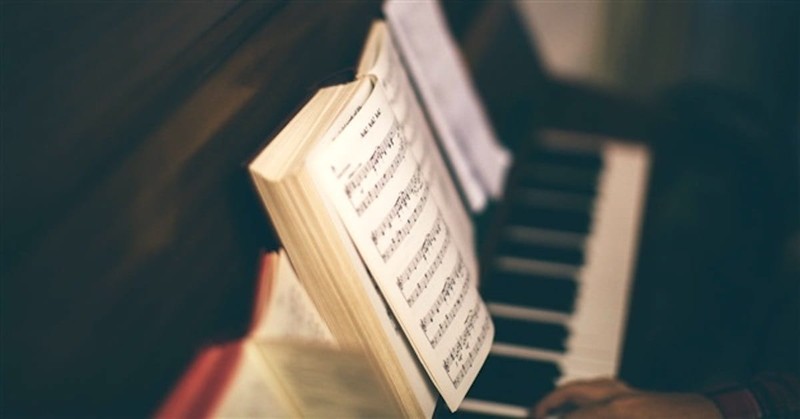
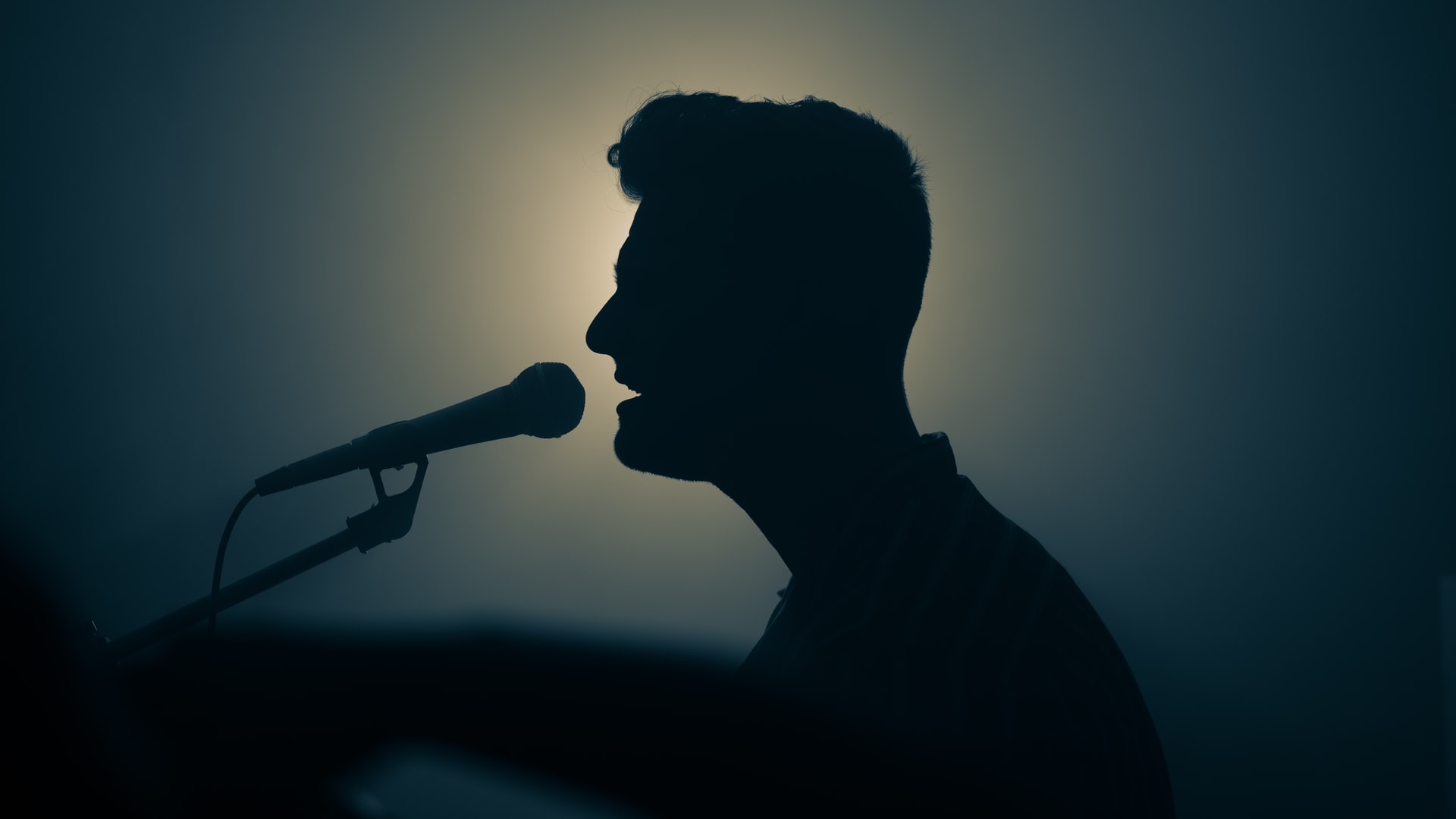
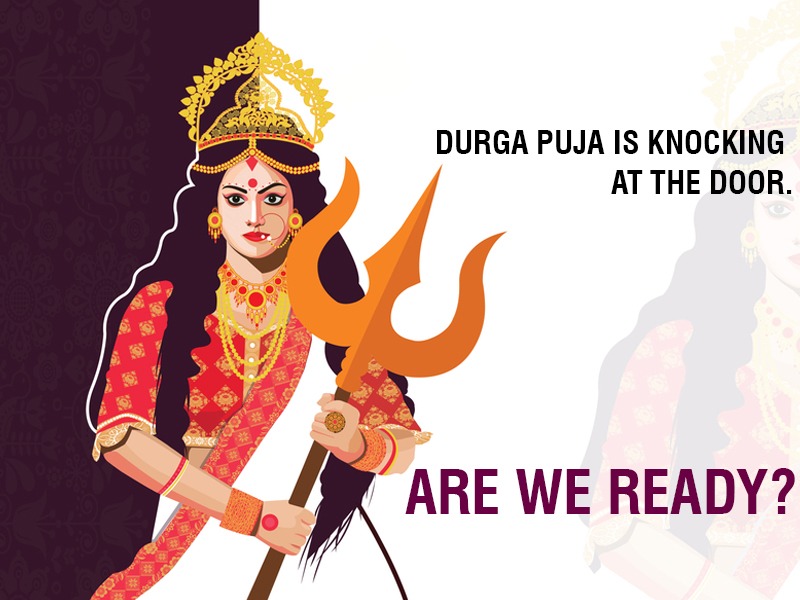
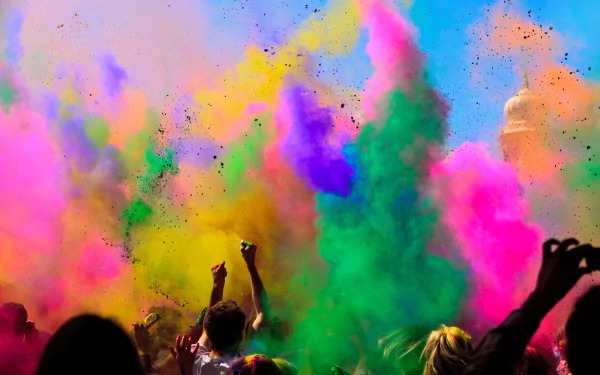
There are no comments